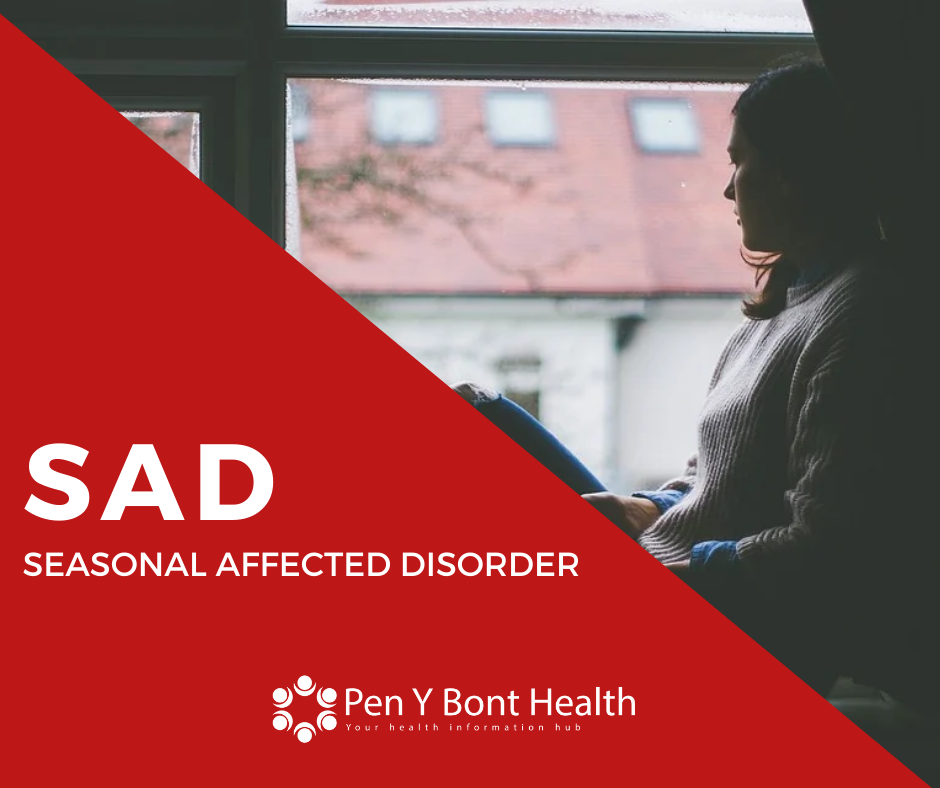
This year’s summer coincides with many people returning to a form of pre-pandemic life. While many people are welcoming and celebrating the change, you may be surprised that you are feeling irritable, lethargic, and generally down.
What is Seasonal Affected Disorder (SAD)?
While there are many reasons for change in mood, when it corresponds with the seasons it could be a sign of Seasonal Affective Disorder (SAD). SAD is sometimes known as ‘winter depression’ because some people’s symptoms are more apparent through the winter. However, it is not unusual for people with SAD to have symptoms during the summer.
Although it is not entirely clear what causes SAD in the summer months, there are some theories suggesting that intense light, heat and humidity can overexcite your brain which can result in sleeplessness, agitation and anxiety. The disorder can cause mood changes which ultimately changes how a person feels, thinks and undertakes daily activities.
What are the symptoms?
SAD is a form of depression therefore some symptoms seem similar to those experienced with general depression – the key difference between SAD and depression is that depression is active all year and SAD comes and goes in a seasonal pattern.
For some people symptoms can be severe enough to impact day-to-day activities. Symptoms of SAD can include:
- Continuous low mood
- A loss of interest or enjoyment in normal activities
- Irritability
- Feelings of worthlessness, guilt or despair
- Lacking energy and sleeping during the day
- Finding it hard to get up in the morning
- Craving carbohydrates and gaining weight
Seasonal Affective Disorder and COVID-19
A return to normal may aggravate summer-time SAD symptoms in some people with the pressures of re-joining society and going out again.
COVID restrictions easing has heightened the effects of summer-time SAD possibilities. Summer has unique characteristics and opportunities which alone can be stressful, adding COVID restriction transitions to this can increase anxiety. Some people may feel better being able to have more in person social interactions which for many is helpful in reducing SAD. On the other hand, others may experience more stress and anxiety due to the uncertainty of being around more people again. No two people are the same when it comes to mental health conditions, it is important to remember that to avoid comparing yourself to others.
Treatments
There are a range of treatments available for SAD:
Lifestyle Changes: Trying to get as much natural sunlight as possible, exercising regularly and managing your stress levels. This could be something simple, why not go for a walk on your lunch break or take your office outside and work in the garden? Making sure you develop a consistent evening and sleep routine as well as a healthy diet is also important.
Light Therapy: Trying to increase your exposure to light may be beneficial. Using a light box for as little as 20 minutes a day can ease symptoms and increase energy levels. Although you do not need to be prescribed a light box it is always best to talk to a pharmacist or your GP before undertaking the treatment.
Talking Therapies: This could be through cognitive behavioural therapy which aims to change the way someone thinks to get them out of vicious cycles. Another talking therapy is counselling which is where you can discuss all your feelings and not be judged with the hope that talking about your emotions with a non-bias person will help you find solutions.
Antidepressant Medication: Medication can be introduced if other treatments are not working. They’re often used in combination with therapy – a combination of these treatments is not expected to cure someone, instead ease their symptoms.
You should consider seeing a GP if you think you have SAD and are struggling to cope. It is most likely your GP will carry out an assessment and ask questions about your mood, lifestyle, sleep and eating habits as well as any seasonal changes to your mood. Together you will be able to plan what route of treatment is best suited for you.
To read more about Seasonal Affective Disorder click here.
